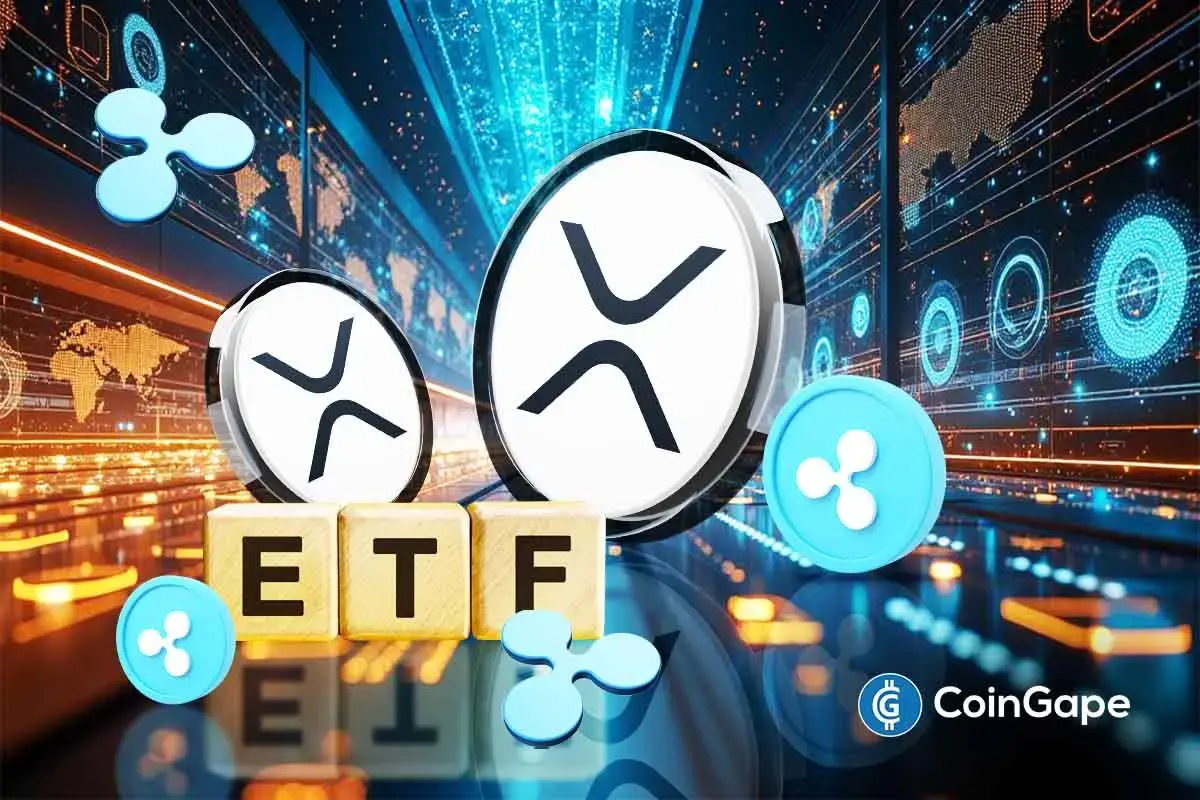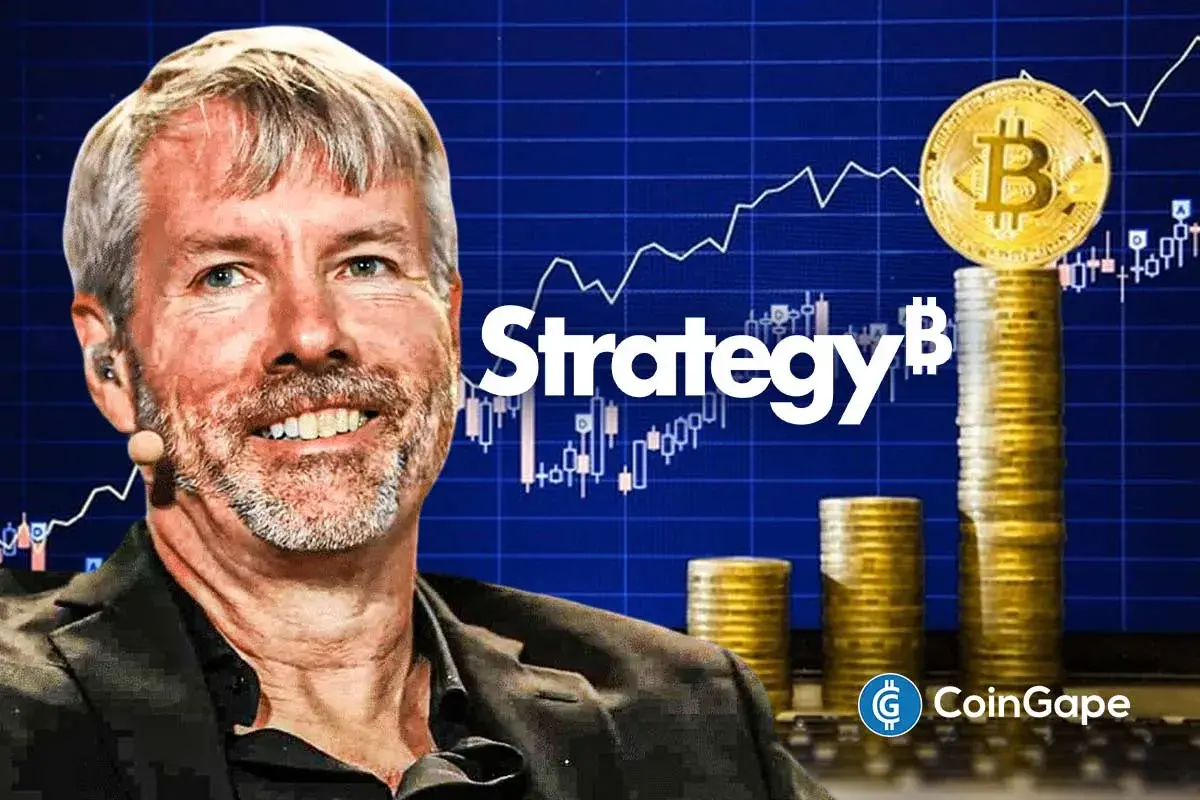Ripple Dev Floats Idea Of Native XRP Staking Following ETFs Launch

Highlights
- According to Akinyele, staking can enhance rewards in the XRPL space without altering the ledger's essential structure.
- The increasing institutional use of XRP has raised another debate on engagement, security and incentives on the network over the long-term.
- Innovation on the XRPL keeps getting better with tokenization and DeFi yield models without interfering with its reliable consensus mechanism.
Ripple developer J. Ayo Akinyele has sparked a new debate on how the XRP may progress as its adoption increases. Akinyele came up with staking in the XRP Ledger. He discussed the concept to determine how incentives could be incorporated in the network in the future.
XRP’s Growth Renews Debate on Future Participation Models
Ayo Akinyele explained that XRP has always focused on moving value quickly and efficiently. The asset now supports payments, tokenized assets, and real-time liquidity across global markets. Akinyele said this expanding role naturally raises questions about how participation models may evolve as new financial use cases emerge.
His comments came after the launch of the first XRP ETF from Canary, a development that signals broader institutional interest in the asset. He emphasized that the XRPL works differently from most blockchains.
Many networks rely on staking to align incentives between validators and token holders. Staking rewards participation and strengthens security by introducing financial benefits. XRP sidesteps this model. The XRPL has no type of rewards, and the transaction fees are burned, which explains the efficiency of the system.
XRPL Stability Remains Key
Akinyele observed that the Proof of Association model of the XRPL emphasizes on trust, performance and steady governance as opposed to any financial stake. Hence, introducing staking would require significant thought. He stressed that any hypothetical staking model would need a clear reward source and a fair method of distribution.
He explained that new programmability features could introduce fees that might flow into a rewards pool. This is a direction Ripple is already exploring in its broader tokenization and stablecoin roadmap.
Akinyele further highlighted that exploring staking is not a suggestion to change XRPL’s design. It is simply a way to analyze how incentive models shape network behavior. He also noted that the ecosystem already experiments with yield through external services.
Staking Debate Highlights XRP’s Responsible Path to Growth
Exchanges and DeFi protocols, including Flare and Doppler Finance, offer yield-bearing systems that interact with XRP or its wrapped versions. Akinyele used these examples to show that innovation can grow without altering the XRPL’s foundation. This is a point reinforced by the rollout of its MPT tokenization standard for real-world assets by XRPL team.
He said the real purpose of exploring staking is to understand how future capabilities might coexist with the principles that make XRP stable and trusted. He stated that the key to efficient network design is to find and implement ideas that boosts its resilience and still retain its crucial features.
- Breaking: Coinbase Adds Supports For Solana Tokens On DEX Trading
- Big Short’ Michael Burry Issues Dire Warning on US FED’s $40B T-Bills Buy Plan
- Expert Slams Pi Network Lawsuit as ‘Deeply Flawed,’ Says Case Unlikely to Succeed
- Crypto Market to Crash? Here’s What Bitcoin On-Chain Data and BTC Options Signal
- Fifth Spot XRP ETF Set for Launch as CBOE Approves New Fund for Trading
- Cardano Price Dips 10% as Midnight Token Launch Turns Sour
- Bitcoin Price Holds $90k as Markets React to Fed Rate Cut: Will BTC Rally to $100k or Fall to $80k?
- Dogecoin Price Eyes $0.30 as Bullish Crossover Pattern Signals a Trend Shift
- Top Analyst Sees Ethereum Price Having a “Big” Breakout as Catalysts Align
- Sui Price Breaks Out of Falling Wedge: Is $2 Next Target?
- Chainlink Price Prediction: Why $20 is Next Key Target

















